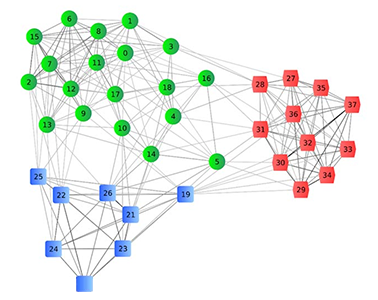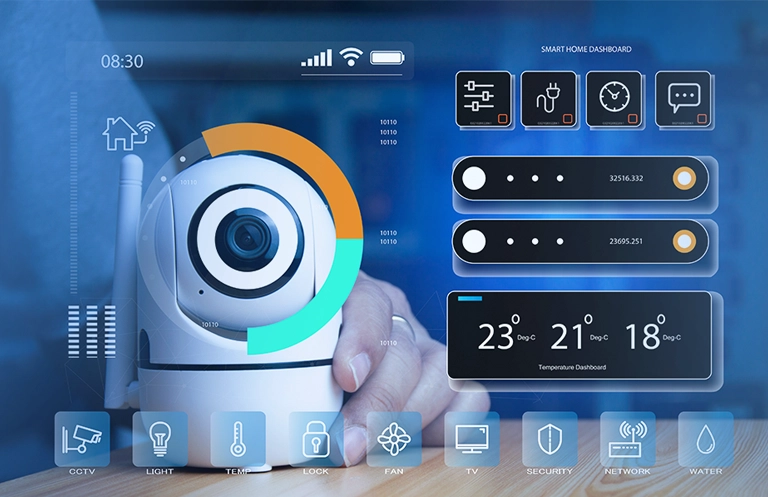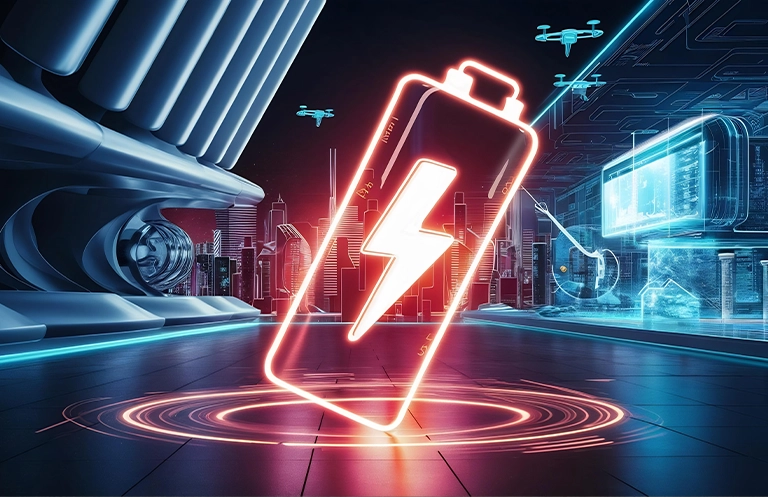With ever increasing human population, urbanization, and connected digital lifestyle, many energy companies are now focusing on developing sustainable energy management and conservation solutions. Today, smart grid solutions or IoT solution and Services for grid infrastructure is playing a major role in developing many use-case based energy conservation solutions, by connecting disparate platforms in home automation, building & infrastructure automation, and transmission & distribution systems. An IoT gateway for a grid solution can quickly help in connecting and transitioning the existing devices infrastructure, even legacy systems, to securely connect to any smart grid infrastructure, thereby enabling a highly scalable solution for energy conservation projects.
Related: Get to know more about Smart Grids and the role of IoT DLM in Smart Energy System
What is the role of IoT gateways in home & industrial grid systems?
- IoT gateway enables a wide range of connectivity to HAN or BAN (Home Area Network or Building Area Network) protocols like ZigBee, Bluetooth, Wi-Fi, BACnet, and LAN. Devices or sensors can connect to the gateway which in turn connects to the cloud. This allows the user to access the sensor data remotely through their mobile devices from any location at any time.
- AMI (Advance Metering Infrastructure) / Smart meters are playing an important role in energy management of a grid system. It collects energy consumption data on real-time from devices, and this data is later analyzed by gateway that is connected to AMI via HAN. Gateway escalates necessary output or command message to the control system. The message can be an alarm, HVAC control message or any other utility management commands. It enables communication between devices and AMI system. Combination of AMI connected to the HAN or BAN and an IoT gateway results in a smart grid system.
- It helps in analyzing energy utilization of each device, which aids the user in managing device up/down time. Users can access historical data from the cloud – insights such as which device consumed more data and at what time of the day, and accordingly they can optimize their consumption of energy.
Related: Know about the role of Analytics in Smart Grid systems
How an IoT Gateway helps in business analysis of Transmission & Distribution / Utility companies?
-
-
- IoT / Industrial IoT gateways provides utility companies with a broader view of their energy distribution patterns, by enabling high connectivity and real time analysis of resources.
- It enables to develop a Demand-Response mechanism for the utility providers to optimize energy distribution based on the consumption patterns.
- Collects data from all AMI systems that are connected to that utility provider and gives analytical results on high and low energy consumption periods. Accordingly, utility providers can utilize these insights from analytics to predict peak load times and enable dynamic pricing options.
DOWNLOAD WHITE PAPER
-
- It collects energy data from the sources (Wind, Solar etc.) which are generally variable and non-static and provide a cumulative energy data statistics to utility providers so that they can accordingly distribute the power to substations. In power grid systems, a substation is the key point of energy distribution. The gateway provides connectivity between substations via LPWAN (Low Power Wide Area Network) that helps in maintaining a continuous energy flow.
- There are gateways connected at both the levels – consumer (AMI) and Utility (Substation). At AMI level, gateway allows distributed edge computing and forms fog computing nodes at substation level. When these gateways are clustered it allows the utility companies to develop a distributed fog computing network. Clustering of Gateway also enables inter-gateway communication, providing benefits of horizontal and vertical scaling. For example: If one gateway that is associated to a grid substation fails due to the excess load or any other malfunction, it can transfer the running application container to another substation gateway. This results in the reduction of system failures. Fault identification and solution for the same can be done in minimal time period. That enables dynamic control on the substations at bigger levels – like city, state or may be at country level for the better grid system.

- It enables predictive maintenance of the system. It sends notification to utility companies on the faults identified in the system that would need a quick response. Gateway enables interoperability, provides a wide range of protocols that ensure connectivity to most of the grid components.eInfochips helps energy and utilities companies with IoT Gateway and DLM engineering solutions and services, to quickly transition their existing devices and legacy systems into smart systems.
-
eInfochips’ Snapbricks intelligent IoT gateway framework is a secure, interoperable, and multi OS-stack IoT gateway, developed on a micro-services based architecture with Edge and Fog computing capabilities. Know how we designed a cloud-enabled smart metering solution for an industrial client













